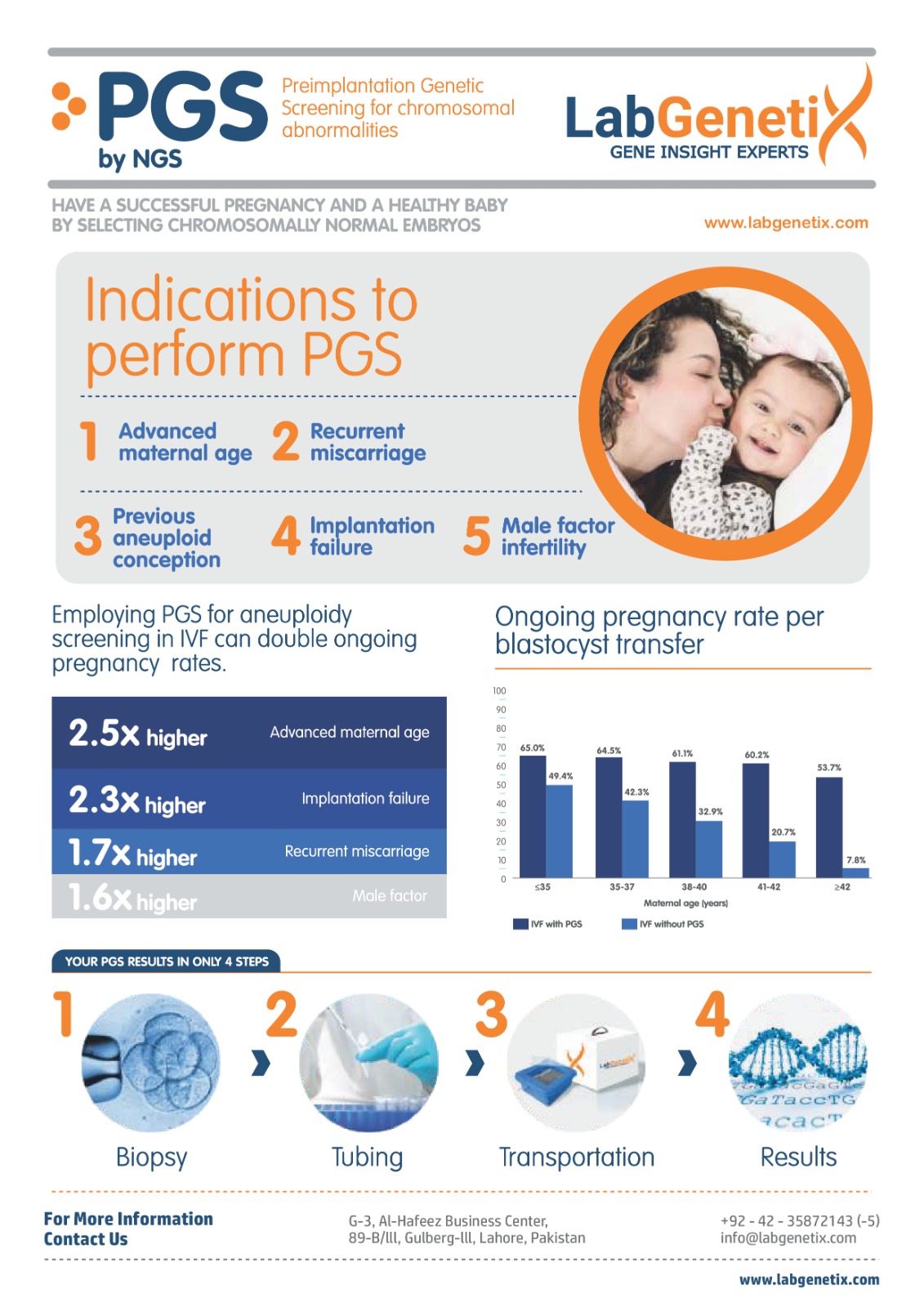LUNG CANCER (LG-LC)
What is Lung Cancer (LG-LC) Sequencing?
Lung cancer is a kind of cancer which will begin in the lungs. In the lungs, two spongy organs in the chest that take in oxygen when you inhale and release carbon dioxide when you exhale.
Lung cancer is the top rated cause of cancer deaths in the United States, among both men and women. Lung cancer (LG-LC) claims more lives each year than do colon, prostate, ovarian and breast cancers combined.
People who smoke have the greatest risk of lung cancer, though lung cancer can also occur in people who have never smoked. The risk of lung cancer increases with the length of time and the number of cigarettes you’ve smoked. If you quit smoking, even after smoking for many years, you can significantly reduce your chances of developing lung cancer.
WHO SHOULD NEED LUNG CANCER (LG-LC) SEQUENCING?
Lung cancer usually does not cause signs and symptoms in its initial stages. Signs and symptoms of lung cancer commonly happen only when the disease is advanced.
Signs and symptoms of lung cancer may include:
- A new cough that doesn’t go away
- Coughing up blood, even a small amount
- Shortness of breath
- Chest pain
- Hoarseness
- Losing weight without trying
- Bone pain
- Headache


RISK FACTORS:-
- Smoking: It increases your risk factor of lung cancer with the number of cigarettes you smoke each day and the number of years you have smoked. Stopping at any age can significantly lower your risk of developing lung cancer.
- Exposure to secondhand smoke: Even if you do not smoke, your risk of lung cancer rise if you’re exposed to used smoke.
- Exposure to radon gas: Radon is released by the natural breakdown of uranium in soil, rock and water that eventually becomes a part of the air you breathe. Insecure levels of radon can accumulate in any building, including homes.
- Exposure to asbestos and other carcinogens: Working area exposure to asbestos and other substances are known to cause cancer. Such as arsenic, nickel and chromium. It’s also can increase your risk of getting lung cancer, especially if you’re a smoker.
- The family history of lung cancer: People those parent, sibling or a child with lung cancer have a raised risk of the disease.


 –
–